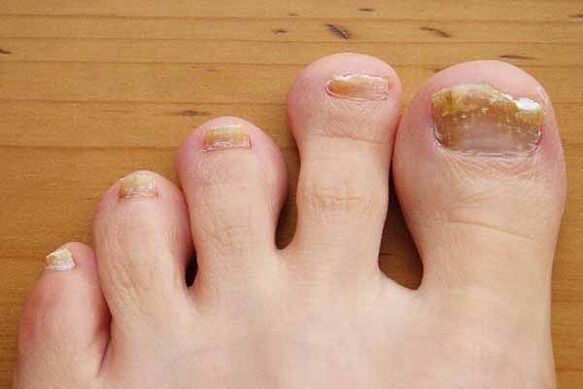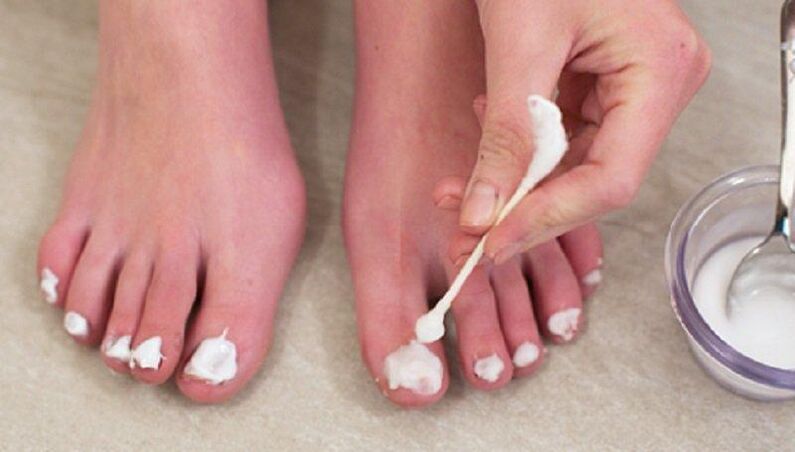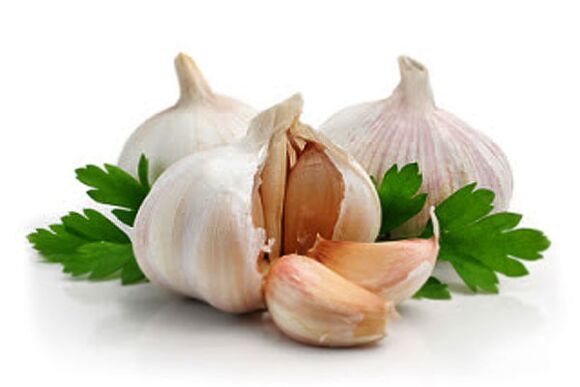
- Thickening and discoloration of the nail plate;
- The outer layer of the nail is loose;
- brittle and cracked nails;
- Nailfold redness, itching, and burning;
- Nails emit an unpleasant odor.
- apple cider vinegar or table vinegar;
- Celandine;
- iodine;
- tea tree mushroom;
- garlic and onions;
- coffee.
How to cure onychomycosis quickly?

How to get rid of fungus on nails?
Traditional treatments for onychomycosis: effective recipes
vinegar. A universal remedy for fungus, even if it affects more than half of your nails. You can use table vinegar and apple cider vinegar. If the nail plate is slightly damaged, 9% vinegar can be added to the bath solution in a ratio of 1: 8 water. This process must be repeated every other day. Folk nail fungus recipes often include vinegar as an ingredient in medicinal mixtures. For example, compressed packets of vinegar, eggs and vodka. This mixture keeps well in the refrigerator and can be used as needed.How to do it: - Pour 2 tablespoons of vinegar and vodka into a container, add three egg whites and mix everything well.
- Dip a thin bandage or cotton swab into the resulting mixture and leave it on the sore nail for 15 minutes.
- Repeat every day until new nails grow back.
A similar vinegar recipe has the following ingredients: - Vinegar essence - 1 teaspoon;
- Dimethyl Phthalate - 1 teaspoon;
- Vegetable oil - 1 teaspoon;
- Egg - 1
Leave the compress on for a few hours, then rinse your feet under running water. Do this once a day for 4 days with equal rest intervals. Continue treatment with this formula until healthy nails grow back. iodine. Suitable for use in the early stages of disease. It is recommended to lubricate the affected nail with iodine twice a day for 20 days. A mild burning sensation should not be cause for concern, but if severe pain occurs, iodine should be diluted in water. garlic. Healing agents are used in the form of alcoholic tinctures, porridge or juice. There are many recipes made with garlic, as this medicine is very effective in fighting fungi. The easiest is to crush the garlic at night. Apply fresh paste to your nails and secure with a bandage. If for some reason you are unable to undergo compression treatment, then you can lubricate your nails with garlic juice. In the folk treatment of onychomycosis, herbs such as spurge, celandine, tea tree oil, Kalanchoe, chamomile, calendula, rowan leaves and other herbs have been successful. Spurge. This plant is widely used to treat eczema, fungi, warts, and purulent wounds. To fight fungus, you need to lubricate your nail plate with milkweed juice twice a day. Treatment usually lasts no longer than three weeks. Celandine. It has become an excellent means of fighting fungi at different stages of the disease. Caution should be used as the plant is poisonous. Chelidonium tincture can be used to lubricate fungal-infected nails or be added to a foot bath. You can prepare bath soup from fresh or dried celandine. It is better to add other ingredients in equal amounts: oak bark, calendula, chamomile. You can add a few tablespoons of sea salt to a hot bath of broth. Coffee treats onychomycosis- Excellent medicine for fighting diseases. Treat with natural freshly brewed coffee. How to treat: - Make coffee, pour it into a hot water bath and soak your feet in it for 15 minutes.
- After steaming your feet in the tub, apply coffee grounds to the affected areas of your nails and skin, massaging them to remove dead tissue from your nails.
- Repeat once a day and after 5-7 days the skin and nails will be smooth and the fungus will disappear.

General advice on treating onychomycosis
- No matter which folk formula for treating onychomycosis you choose, you will need to prepare your nails for treatment. Before applying an antifungal, take a hot foot bath with club soda, salt, or laundry soap. This procedure is needed to soften the nails, to remove the affected surface and to follow up with the selected product.
After the foot bath, use manicure tools (pliers, files, brushes) to clean the surface of the affected surface as much as possible. Don't use the same tool on an infected nail and a healthy nail. important! Such bathing is recommended before each new use of the medication. If treatment involves compression or application several times a day, you don't need to treat your nails frequently. Once every 1-3 days is enough, depending on how much fungus has damaged your nails. - During treatment, pay attention to maintaining foot hygiene. Don't let your feet get sweaty or wear shoes that are too tight. In this case, the infection spreads more aggressively to healthy nail and foot areas. Wear shoes that are as light and loose-fitting as possible. If your feet sweat a lot, change your socks a few times a day. Clothes or towels that have come into contact with infected nails and skin should be boiled or disinfected using a special method.
- For people who live in the same apartment as someone with onychomycosis, you need to carefully follow the hygiene rules. Foot care products should not be used alone. Before bathing in a shared shower or bathtub, surfaces of plumbing fixtures should be thoroughly cleaned with household products. Wash your nails with tar soap – this is an excellent way to prevent fungus.
- If folk treatments for onychomycosis do not bring the desired results, do not try them one by one, consult a doctor. Advanced forms of the disease are more difficult to treat, so only experts can properly prescribe effective treatments.

















